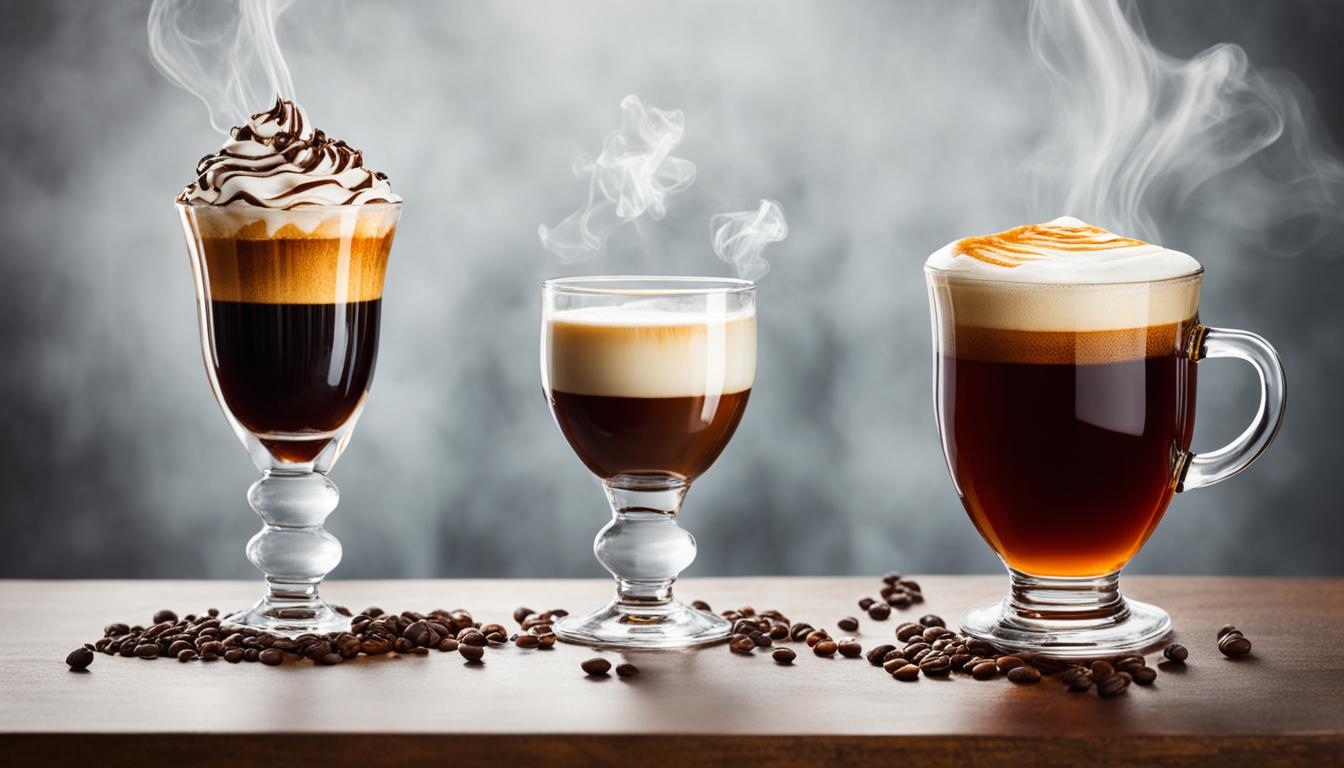When it comes to starting our day or indulging in a rich cup of joe, the debate between espresso and coffee has always been at the forefront. But have you ever wondered what truly sets them apart? Is espresso just a stronger version of coffee, or is there more to the story? Let’s unravel the mysteries and explore the intriguing differences between these beloved caffeinated beverages.
Brewing Methods: Espresso vs. Coffee
The brewing methods for espresso and coffee differ significantly. Let’s explore how each of these beloved beverages is made.
Espresso Brewing Method
Espresso is brewed using a unique method that involves high pressure and finely ground coffee. The process starts with a 1:2 ratio of water to coffee, where hot water is forced through tightly packed coffee grounds. This high-pressure extraction results in a concentrated shot of espresso with a rich flavor profile and a creamy layer of foam on top, known as the crema. The finely ground coffee allows for a quick and efficient extraction, typically taking only 20-30 seconds.
Coffee Brewing Method
Coffee, on the other hand, is brewed using a variety of methods such as pour-over, French press, or drip coffee makers. These methods rely on gravity or filters to slowly extract the flavors from coarser coffee grounds. The water-to-coffee ratio may vary depending on personal preference, resulting in a less concentrated cup of coffee compared to espresso. The extraction time for coffee is much longer, usually ranging from 6 to 12 minutes, allowing for a more balanced and nuanced flavor profile.
Grind Size and Extraction Process
The grind size plays a crucial role in the brewing process. For espresso, a fine grind is essential to ensure the water can pass through the coffee grounds under high pressure. Coffee, on the other hand, typically uses a medium-coarse grind, allowing the water to interact with the grounds more gradually. Additionally, the extraction process for espresso relies on pressurized water, while coffee is brewed using gravity or a filter system.
Serving Size and Brewing Time
Espresso is typically served in small 1-2 ounce servings, offering a concentrated burst of flavor. On the other hand, coffee is typically enjoyed in larger 6-8 ounce cups, providing a more extended and mellow drinking experience. The brewing time for espresso is remarkably shorter due to the high-pressure extraction, while coffee requires more time for the flavors and aromas to develop.
In conclusion, the brewing methods for espresso and coffee differ significantly. From the finely ground coffee and high-pressure extraction of espresso to the slower gravity-based extraction of coffee, each brewing method offers a unique experience and taste profile.
Beans and Roasting: Espresso vs. Coffee
When it comes to espresso and coffee, the beans used are actually the same – they both start as coffee beans. The difference lies in the roasting process, which determines the flavor profile of the final brew.
Espresso beans are typically roasted longer than regular coffee beans, resulting in a darker roast. This longer roasting time enhances the richness and depth of flavor, creating a creamy and full-bodied texture when brewed as espresso.
On the other hand, regular coffee beans can be roasted to different levels, including light, medium, or dark roast, depending on the desired taste. The roast level directly influences the overall flavor of the brewed coffee, with darker roasts offering a more robust and slightly bitter flavor.
It’s worth noting that there is a lighter alternative known as blonde espresso. This is a lighter roast of espresso beans that delivers a milder flavor compared to regular espresso, providing a unique option for those who prefer a lighter taste.
While the beans and roasting methods play a role in the flavor, it is the brewing process that truly sets espresso and coffee apart. So, whether you prefer the concentrated richness of espresso or the well-balanced cup of coffee, the choice ultimately comes down to your personal preference.
